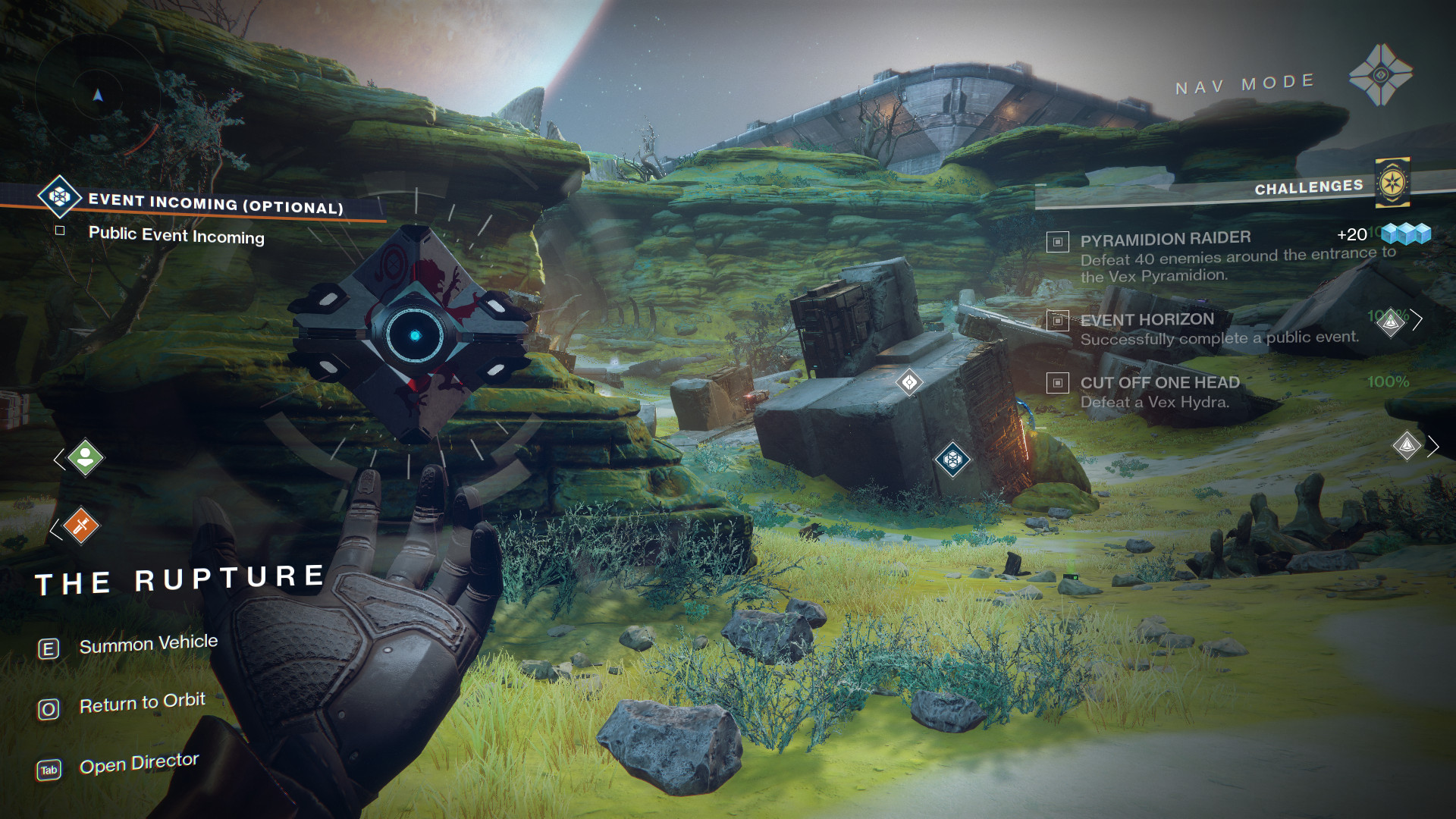In Destiny, raids represent the pinnacle of cooperative gameplay, designed to test not only individual skills but also the synergy of a six-player fireteam. Unlike the more straightforward Strikes, which feature automatic matchmaking and clear objective markers, raids immerse players in complex challenges that require thorough preparation and teamwork. Here are some of the key features that define the raid experience in Destiny:
Team Composition and Preparation
– Six-Player Fireteams: Raids are specifically designed for six players, emphasizing teamwork and communication. Unlike Strikes, which allow for automatic matchmaking, raids require players to pre-form teams or utilize external Looking for Group (LFG) tools to synchronize and strategize ahead of time.
Exploration and Discovery
– Lack of Objective Markers: One of the defining aspects of raids is the absence of objective markers within the game. Players must explore the environment to uncover objectives, paths, and puzzle solutions, encouraging them to engage with the game world thoroughly.
Encounter Duration
– Lengthy Engagements: Raids often take several hours to complete, especially for newer teams. This contrasts sharply with Strikes, which typically last 10-15 minutes. The longer duration allows for deeper mechanics and more intricate challenges.
Unique Enemies and Mechanics
– Specialized Enemies and Debuffs: Raids introduce unique enemies and mechanics not found in other game modes. Players must leverage team coordination to navigate these challenges, as new debuffs or abilities may necessitate different strategies.
Complex Puzzles and Mechanics
– Intricate Challenges: Raids involve multi-stage challenges that often require precise execution and teamwork. For example, in specific raids like the Desert Perpetual, players face mechanics such as sequentially activating rings with sand or managing buff timers while baiting boss attacks.
Hidden Mechanics
– Nuanced Encounter Elements: Many encounters feature hidden mechanics that can dramatically influence the outcome. Players must understand the intricacies of activating symbols, managing orbs during damage phases, or even switching roles at critical moments to prevent failure.
Wipe Mechanics
– Consequences of Error: Raids include wipe mechanics that will reset the encounter if a challenge is failed. This feature underscores the need for near-perfect execution, as teams must rapidly correct mistakes to avoid starting over.
Progress Management
– Checkpoint System: While players can drop and pick up their progress later, they must complete the raid before weekly checkpoints expire. This feature adds a layer of urgency and planning to the raid experience.
Exclusive Rewards
– Tailored Gear and Rewards: Unique rewards and gear, often designed with perks that complement raid mechanics, enhance the incentive to participate. This encourages players to develop specialized loadouts that synergize with the demands of each raid encounter.
Conclusion
In summary, raids in Destiny are designed to challenge players through a combination of deep mechanics, strategic problem-solving, and high-stakes teamwork. They require robust communication and cooperation among team members, pushing players to perfect their skills while working through elaborate, often demanding cooperative situations. The blend of combat and intricate challenges within raids establishes a more immersive and engaging experience compared to other PvE activities, making it a hallmark of Destiny’s endgame content.






Leave a Reply